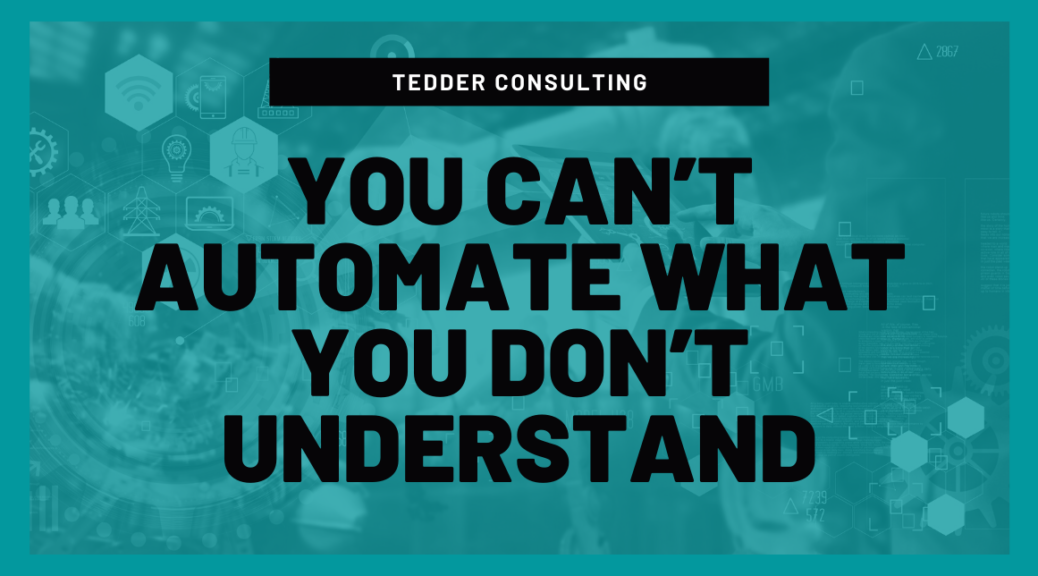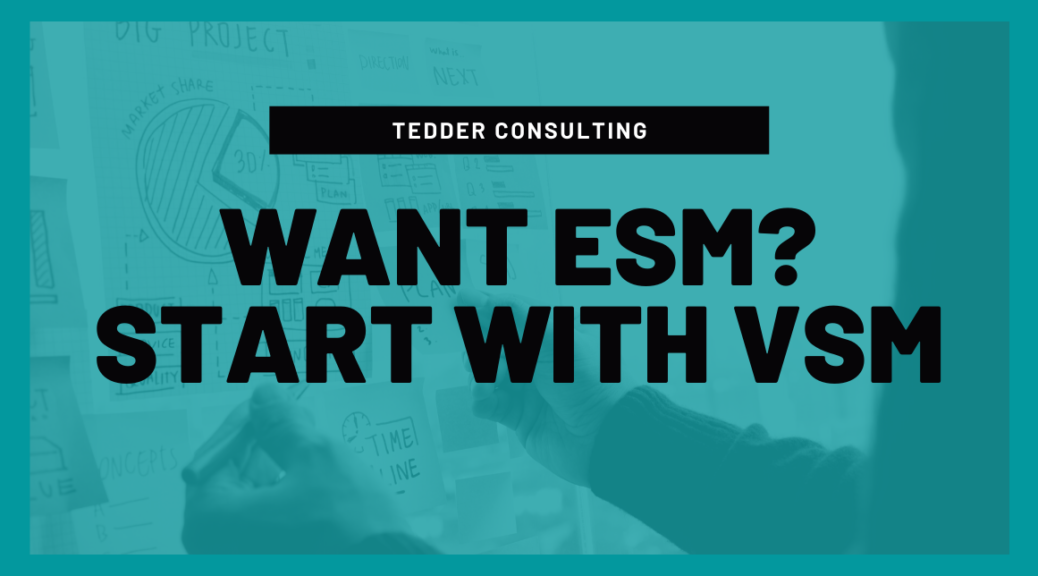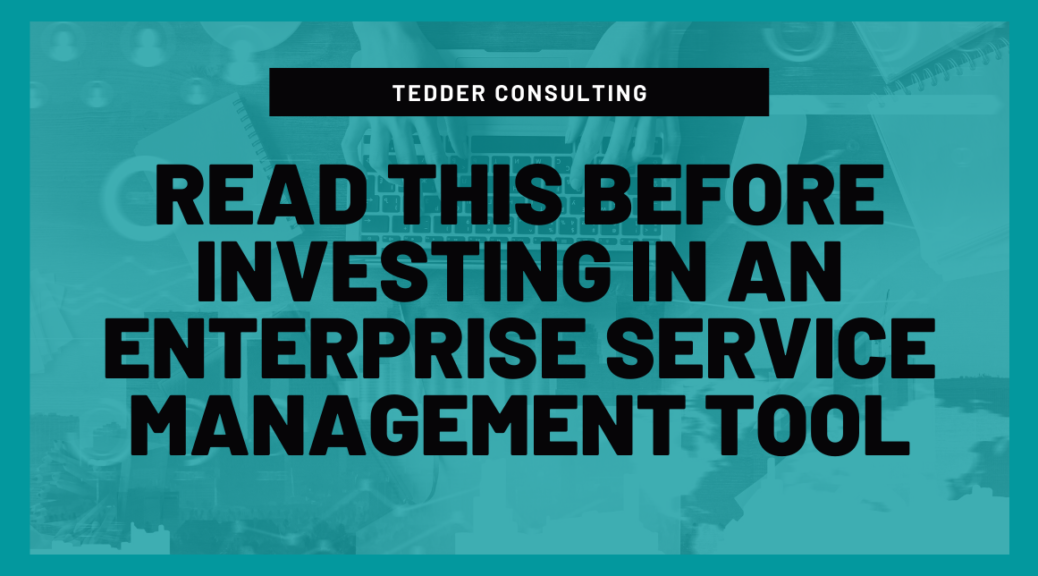“Digital transformation” is a term that is often abused. Some think of digital transformation as simply moving information and data from an analog format to a digital format. Others think of digital transformation as the implementation of technologies in support of existing business models.
I think of digital transformation as the use of technologies to enable new ways of doing new business or doing existing business in dramatically new ways.
One thing that is certain – digital transformation is key for competing in the digital economy. But it is often difficult for senior managers to commit to digital transformation efforts. First, there is the fear of the unknown. Digital transformation requires fundamental shifts in business models, culture, and processes.[i] In other cases, it’s complacency and organizational inertia – the organization is currently successful and is reluctant to embrace the change and disruption that comes with digital transformation.[ii]
Then there are the concerns that the organization will be successful in the digital economy. According to this recent HBR.org article[iii] , many companies are falling short of achieving the expected revenue lift and cost savings goals from digital transformation efforts. Some the obstacles organizations are facing[iv] include overarching issues like organizational change management and budgetary constraints. But other challenges are more foundational. Challenges such as siloed decision-making, the inability to adapt to evolving customer needs in a timely manner, and the lack of a holistic organizational business model, are also impeding success with digital transformation.[v]
What’s in the way of digital transformation?
There are two significant obstacles to digital transformation. First, many organizations considering digital transformation are faced with having a complex technology landscape[vi]. Technology implementations have often been done in the absence of holistic business goals in mind. As result, each department within an organization has its own systems for managing its work and outcomes, leaving the organization with siloed solutions across the enterprise.
The second obstacle is the lack of a holistic strategy for competing in the digital economy[vii]. This has a cascade effect. First, it is difficult (if not impossible) to measure and optimize organizational performance. Secondly, these organizations suffer from a slower time-to-market and a reduced capability for timely responses to changing market conditions. Lastly, this results in a suboptimal customer experience.
Because of the lack of a digitally enabled business strategy and the challenges of a siloed and complex technology landscape, the customer experience is often that “the proverbial left hand doesn’t know what the right hand is doing”.
Digital transformation isn’t ‘technology-first’
“Technology as the solution” is a difficult cultural bias for organizations to overcome. But that is exactly what digital transformation requires.
Perhaps counterintuitively, “digital transformation” is not about taking a “ technology-first” approach to business challenges. Digital transformation begins with the organization – what does the organization need to do to continue to innovate? Next, digital transformation is about the people – how can the organization leverage the talents and experiences of its people to achieve this innovation. Then, it’s about the process – how can the organization ensure that innovation and performance is measurable and enabled for continual improvement.
Once these questions are answered, then a digital transformation initiative becomes about the technology – what technologies are needed to enable the organization to best innovate, leverage the talents of its people, and enable both sustainability and growth of innovation and performance?
That’s where ESM – enterprise service management – can help.
Good ESM enables Digital Transformation
As businesses digitize and transform, an enterprise approach to managing products and services is needed. Product and services must deliver and enable an experience in addition to business outcomes and value. Organizations must remove friction from workflows and deliver an integrated approach for delivering products and services.
This is why good ESM can be a key enabler for digital transformation. ESM is an organizational capability for holistically delivering business value and outcomes, based upon the use of shared processes, appropriate technologies, increased collaboration, and better communication across the organization. ESM, done well, enables positive customer and employee experiences, improves business agility, and enables impactful digital transformation.
But, like “digital transformation,” the term “ESM” has been mistakenly used as a catch-all term to represent extending ITSM (IT Service Management) practices across the enterprise, or to represent the purchase and implementation of department-specific “modules” within an existing ITSM tool platform.
Neither of these approaches are good ESM.
Benefits of good ESM
A critical factor for realizing true ESM is to take a value stream driven approach. Value streams identify and visualize the steps an organization takes to deliver value to a customer – and those value streams are underpinned by services delivered from across the organization. A value-stream driven approach to ESM provides numerous benefits to organizations.
- Economies of scale – Many value streams within an organization can take advantage of solutions already in place, finding ways to lower costs.
- Enables strategic decisioning regarding longer-term business objectives – Good ESM helps provide answers to questions like “what are our products/services?”, “who is the customer?”, and “what markets are we in/want to enter?”.
- Opportunities for innovation – ESM can help the organization better use the unique capabilities and competences of its organization to deliver clear differentiation in the market place
- Help organizations make good investment decisions –Through the establishment and use of an organization portfolio of products and services, the organization can make better decisions about investments. For example, an organization portfolio helps identify products and services that are no longer providing the needed value, outcomes, or experience.
- Enhances stakeholder communications – what is being done, why it is being done, how it impacts organization revenue/value
- Shifts service management thinking to beyond IT – Good service management helps the organization align with and meet business goals, improve visibility and communication, increase efficiency, and provide measurability of organizational performance.
- Make better use of technology – ESM helps the organization to align first on the “why” and not the “how,” which in turn, enables the better utilization of technology.
Why good ESM can enable success with Digital Transformation
ESM done well can deliver significant benefits to organizations. But how does ESM enable success with digital transformation?
First, digital transformation impacts and affects internally facing work, not just externally facing work. As organizations digitize and transform, they realize that workflow cuts through all parts of the organization, driving the need to become better integrated. Good ESM helps facilitate that integration.
Customer experience is perhaps the most significant driver and differentiator in the digital economy. And that customer experience is expanding from person-to-person interactions to include person-to-technology interactions as well. Customers expect results from the organization, not friction from the dealing with the disjointed parts of the organization. Good ESM helps drive good customer experiences.
Build the foundation with ESM
Here are four suggested steps for getting started with ESM.
- Meet with other service providers to learn how they deliver services. IT is not the only service provider within an organization. Other departments, such as HR, Finance, Facilities, and others also deliver services. Understanding how service providers deliver services helps in two ways. First, this helps identify the right opportunities for beginning ESM (ROI, benefits, problems addressed, etc.). Secondly, ESM becomes a collaborative and organizational initiative, not an IT-led project.
- Establish communities of practice. Co-creation of value can be stimulated through communities of practice that bring together teams from across and beyond the Invite suppliers to participate in these communities, as they have subject matter expertise as well can provide an external perspective.
- Identify and map critical enterprise value streams. Identify and visualize the cross-departmental work that is happening by focusing on customer results. Again, don’t forget about suppliers!
- Identify opportunities to optimize and automate the workflows associated with these value streams. Automating these workflows not only will reduce any friction associated with these workflows and enhance the customer experience, it will also begin to breakdown any enterprise siloes.
True digital transformation – not just digitization – can be enabled by taking a value-stream approach to ESM. By following the suggestions above and working in an iterative way, ESM will enable success with digital transformation.
Are your digital transformation efforts struggling? Are internal workflows disjointed and ineffective? Let Tedder Consulting help! We have the expertise to both raise your service management capabilities as well as enable your organization’s digital transformation success. Contact Doug today to discuss!
[i] https://www.accenture.com/us-en/blogs/high-tech/complexity-with-tsia , Retrieved May 2024
[ii] https://hbr.org/2015/08/the-company-cultures-that-help-or-hinder-digital-transformation . Retrieved May 2024.
[iii] https://hbr.org/2023/07/the-value-of-digital-transformation , Retrieved May 2024
[iv] https://digitalleadership.com/glossary/digital-transformation-challenges Retrieved May 2024
[v] Ibid.
[vi] https://whatfix.com/blog/digital-transformation-challenges/ , Retrieved May 2024
[vii] Ibid.
Share







